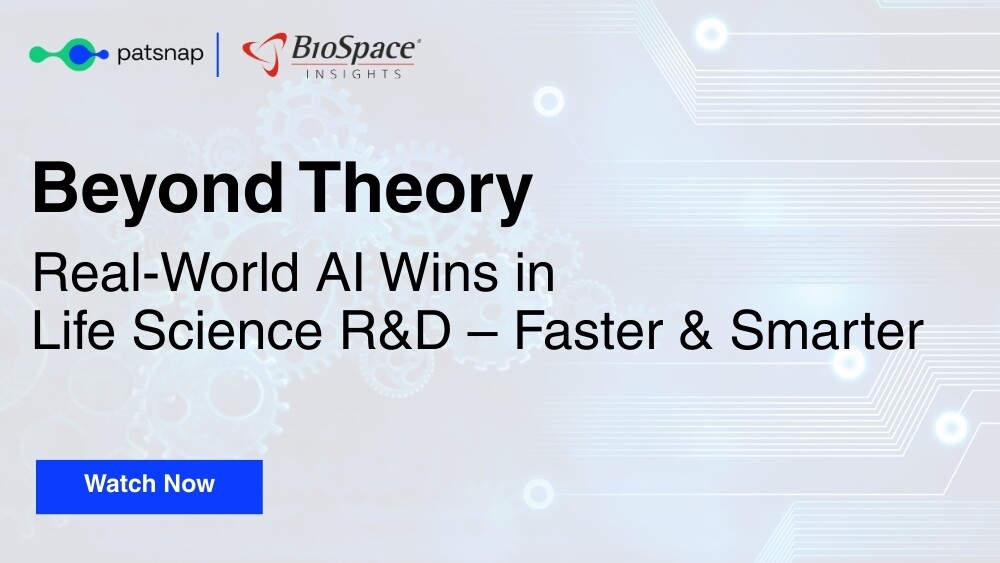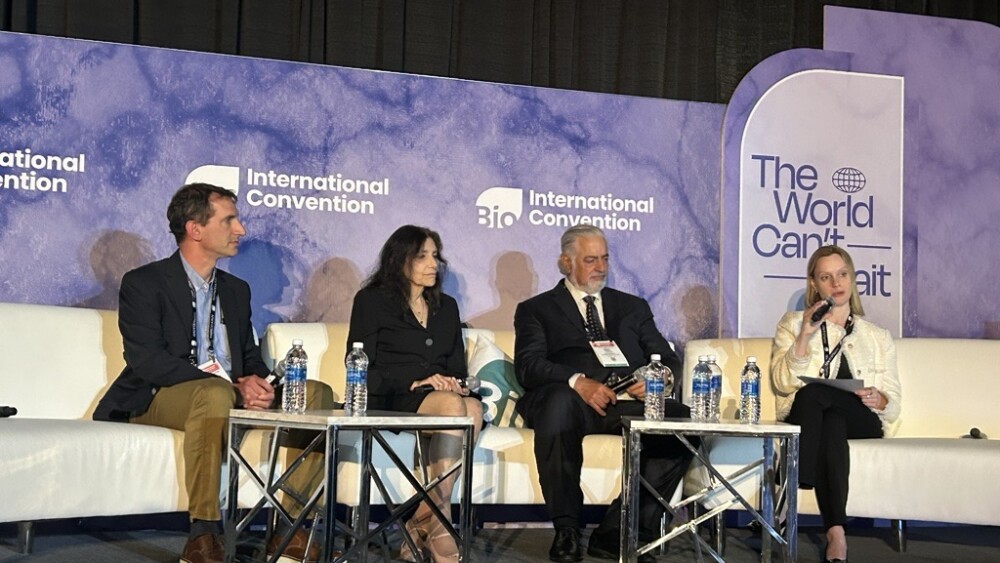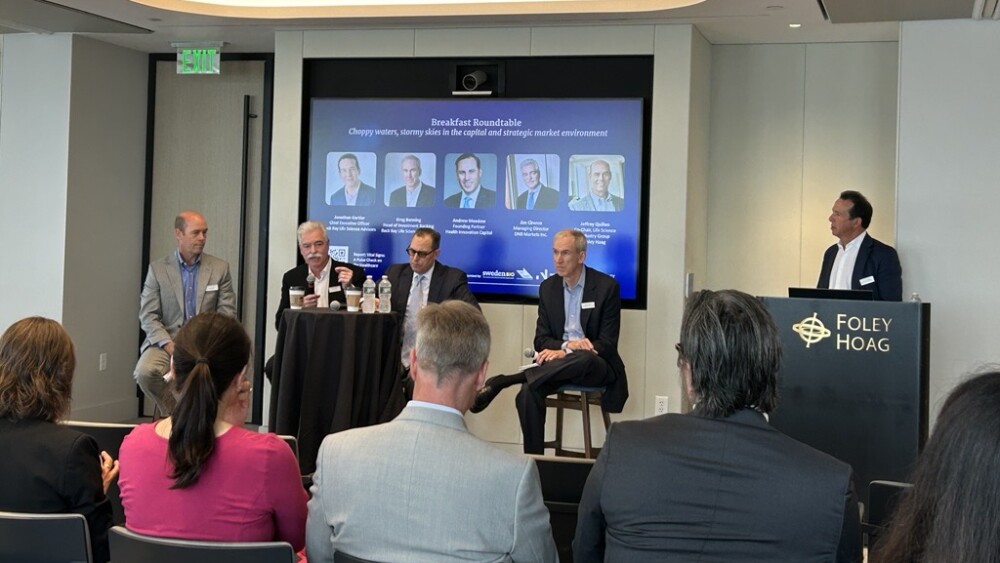BTG plc highlighted the presentation of OPTALYSE PE trial results at the Society for Cardiovascular Angiography and Interventions in San Diego, California.
“EKOS is the only endovascular device cleared by the FDA for the treatment of pulmonary embolism,” said Dr. Gregory Piazza, Cardiologist for Brigham and Women’s Hospital and professor at Harvard Medical School. “We are constantly in need of more data to help drive decision-making in PE. So far the most data that exists in PE is associated with EKOS therapy and the data provided in the OPTALYSE study advances the science of PE treatment even further.”
The one-year data from OPTALYSE PE demonstrates improved quality of life of over 30% using two unique measurement systems. ”Prior to this data being published, comparable studies put one-year mortality at 8-10% when treating with systemic thrombolysis or anti-coagulation2,” explained Lynn Allen, Vice President of Clinical Affairs for BTG Vascular. “This one-year data further demonstrates the safety – with only 3% bleeding, proven quality and effectiveness of the OPTALYSE PE treatment regimens and now we can also demonstrate quality of life improvement for these patients.”
A separate registry study, KNOCOUT PE is intended to measure how institutions are adopting OPTALYSE PE and this new standard of care. The study is expected to include as many as 100 centers globally and is currently enrolling.
About the EkoSonic® Endovascular System
The EKOS® system uses ultrasonic waves in combination with clot-dissolving thrombolytic drugs to effectively dissolve clots and restore healthy heart function and blood flow.
In clinical studies, EKOS® therapy has been shown to speed time-to-clot dissolution, increase clot removal and enhance clinical improvement compared to either standard catheter-directed drug therapy or thrombectomy. EKOS® therapy requires significantly shorter treatment times and less thrombolytic compared to standard catheter-directed drug therapy, lowering the risk of bleeding and other complications.
About the OPTALYSE PE, ULTIMA and SEATTLE II studies
The OPTALYSE PE, ULTIMA and SEATTLE II studies prospective multi-center trials examining ultrasound-facilitated, catheter-directed thrombolysis using a low dose of a standard clot dissolving medication called tissue plasminogen activator (tPA) to treat both acute massive and submassive pulmonary embolism.
ULTIMA, a randomized controlled study comparing EKOS® therapy to anticoagulation, looked at 59 patients across eight centers and proved that the EKOS® regiment was superior to anticoagulation alone.
SEATTLE II, a prospective single arm study, looked at 150 patients across 22 centers and demonstrated improvement in RV/LV ratio, pulmonary hypertension and angiographic obstruction with EKOS® therapy.
OPTALYSE PE included 101 patients with acute proximal PE at 17 centers randomized to one of four treatment cohorts – with cohorts ranging between 2-6 hours in treatment duration and from 4-6mg/tpA total per device. All cohorts saw a significant reduction in the main indicator of right heart strain from PE (measured as right ventricular to left ventricular diameter ratio (RV/LV)) by approximately 23 to 26 percent. The OPTALYSE PE results also showed a very low bleeding rate of three percent. Beyond the acute results, echocardiograms were provided at four hours, 48 hours, 30 days, 90 days, and at one year post-therapy. The initial significant reductions in RV/LV continued to improve in all cohorts through one year. Multiple quality of life measures showed key improvements.
About BTG
BTG is a global healthcare company focused on Interventional Medicine. Our innovative medical technology helps physicians treat their patients through minimally invasive procedures. We have a growing portfolio of products that advance the treatment of cancer, vascular conditions and severe emphysema. BTG’s Pharmaceuticals business provides products that help patients overexposed to certain medications or toxins. To learn more about BTG, please visit: btgplc.com.
| 1. | Piazza, G., et al., A Prospective, Single-Arm, Multicenter Trial of Ultrasound-Facilitated, Low-Dose Fibrinolysis for Acute Massive and Submassive Pulmonary Embolism: the Seattle II study.” Journal of the American College of Cardiology: Cardiovascular Interventions 2015; 8: 1382-92. | |
| 2. | Konstantinides, MD, et al, “Impact of Thrombolytic Therapy on the Long-Term Outcome of Intermediate-Risk Pulmonary Embolism” Journal of the American College of Cardiology; vol 69, pp.1536-1544, 2017. |




